We’ve created four itineraries to help you explore the city’s most famous neighborhoods and gain a better understanding of its millennia-old history. Here are a few tips to help you get your bearings in the City of Light.
Discover the museums
Where to start? There’s the Musée d’Orsay, the Louvre, the Quai Branly Museum, the Orangerie Museum… The list goes on and on, and they’re all worth a visit. There’s truly something for everyone, so why not treat yourself to some culture?
Opera and Theater
The latter was on his way to the Paris Opera House, then located on Le Peletier Street, when several bombs exploded near his carriage! Shaken, but unharmed, the emperor decided to build a new opera house more easily accessible from the Tuileries Palace. A major architectural competition was thus launched in 1860, and 171 contenders, including some of the greatest architects of the day, answered the call. The winner, a relatively unknown 35-year-old named Charles Garnier, was given a staggering budget of 20 million gold francs, granting him unprecedented creative freedom. It was the most expensive project of its time and a direct challenge to what they called the “Haussmannian sadness.” Garnier went all out, but he did so with grace and elegance. Napoleon then asked Prefect Haussmann to lay out the Avenue de l’Opéra so he could easily get there from the Tuileries Palace. The architect took the opportunity to request that no trees be planted, to allow everyone to marvel at his work. Construction took over 15 years, and Napoleon III never even saw it finished! You see, the ground was marshy and they had to build an underground lake to withstand water pressure. Then came the budget cuts, and on top of that, the Franco-Prussian war and the Paris Commune. The building, then called the Paris Opera, finally opened its doors on January 5th, 1875, in the presence of President Mac Mahon. The story goes that Charles Garnier was not on the guest list and had to pay for his own ticket. The interior is simply spectacular, with a double marble staircase, a ceiling painted by Chagall, and an auditorium designed so that the audience has the best possible view. One thing’s for sure: since its opening, the Opera Garnier has been shrouded in myth and legend, from the unlucky number 13 to the haunting tale of the Phantom of the Opera. As for its architecture, it has served as an inspiration for many other opera houses, including the Manaus Theater in Brazil, the Lviv Opera House in Ukraine, and the iconic Sydney Opera House!
Opéra Comique
From this small square, you can marvel at the beautiful façade of the Opéra Comique. This theater, also known as the “Salle Favart,” was built in the 18th century during the reign of Louis XIV. The original structure was burnt down several times, so what you see today is a faithful 19th-century reconstruction. Don’t let the name fool you – this opera has nothing to do with comedy. It’s so-named because it’s always been home to the Opéra Comique company. That’s right, you’ll hear no jokes in there. It’s basically a genre where sung scenes are punctuated by spoken dialogue and direct addresses to the audience. If you’d like to find out more about the building’s history and architecture, be sure to book one of the guided tours organized by the opera company!
Step back in time in one of Paris’s famous cabarets
Ever wanted to step back in time to the glamorous days of the Belle Époque? A night at the Lido, Crazy Horse or Moulin Rouge is your ticket to a bygone era. Get ready for some dazzling shows and plenty of glitz and glamour. Experience the best of French culture!
Visit the famous graves of the Père Lachaise Cemetery
Take a stroll through the Père-Lachaise Cemetery, to pay your respects to the many historical figures who are laid to rest there for all eternity. This iconic site, listed as a historical monument, is an open-air museum and one of the most famous cemeteries in the world.
Daydream in the city’s gardens and parks
If you’re looking to escape the city’s hustle and bustle, head for one of Paris’s beautiful parks and gardens. The Luxembourg Gardens, the Tuileries Garden, the city’s botanical garden, Monceau Park, Bagatelle Park, the Floral Park, and the Buttes-Chaumont Park are just a few of the many green spaces to explore. Here’s your chance to relax and take a breath of fresh air.
Read a book in the Buttes Chaumont Park
This is the most unique green space in Paris, and also the most romantic. Its steep hills offer beautiful views over the city, and its artificial lake, grottoes, waterfalls, suspension bridges, and lookout points promise a complete change of scenery!
Soak up some urban culture at La Villette
Next, head to La Villette to immerse yourself in urban culture. Built on the site of former slaughterhouses, it’s the largest cultural park in the French capital. This 55-hectare site has it all, from modern architecture and lush green spaces to theaters, cultural venues and museums. Take a leisurely stroll along the Canal de l’Ourcq and lose yourself in the moment! This is also where you’ll find the Cité des Sciences et de l’Industrie, the biggest science museum in Europe, the Zenith Arena, the Grande Halle Cultural Center, the Cabaret Sauvage, the Cité de la Musique, an all-thing-music complex, and the Philharmonie de Paris concert halls!
Check out the street art of the 13th arrondissement
In the 60s, the south of Paris, more of an industrial area at the time, saw its buildings adorned with massive frescoes. With support from the city and local art galleries, certain areas, like the Vincent Auriol Boulevard have become open-air street art museums! Don’t miss the famous Marianne mural by Shepard Fairey, aka Obey, on 141 Boulevard Vincent-Auriol. You can also see her at the Élysée Palace! For those who don’t know, Marianne has been the national personification of the French Republic since the French Revolution.
Cycling along the Seine
“La Seine à vélo” is a 400-kilometer bike route along the Seine that will take you all the way to Deauville! Just know that if you reach the Normandy beaches, you’ve gone past your destination.
Saint-Ouen Flea Market
If you’re into antiques and vintage finds, the Saint-Ouen Flea Market is a must-visit. It’s the world’s largest antique market, spread across 7 hectares and 15 different markets. Millions of visitors come here every year to unearth treasures from bygone days. The flea market is open year-round on Saturdays, Sundays and Mondays.
Visit the Paris Catacombs
Looking for a spooky adventure? Don’t miss out on a visit to the Paris Catacombs. Venture 20 meters below ground and wander through this subterranean world known as the Empire of Death. This former stone quarry became the world’s largest ossuary when the cemeteries were emptied in the 18th century to make room for new arrivals. Today, there are thousands of skulls and bones lining the miles of passageways right under your feet.
Marvel at the Paris bridges by night
The city is even more magical after dark. Strolling through the illuminated streets at nightfall is a truly unforgettable experience.
Go out at night
Paris comes alive at night with a diverse range of bars, nightclubs and clubs to keep you entertained. Night owls, you’ll be spoilt for choice! Head to the Bastille or Oberkampf neighbourhoods, the Marais, or the Latin Quarter along Mouffetard Street, or, if you prefer, explore the upscale grand boulevards or the legendary Pigalle district.
Paris is full of hidden gems, and the best way to discover them is to simply lose yourself in its history-laden streets and explore. Each neighborhood has its own unique character, so take your time and soak it all in.
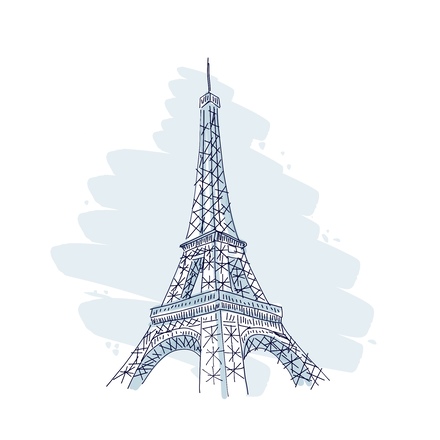
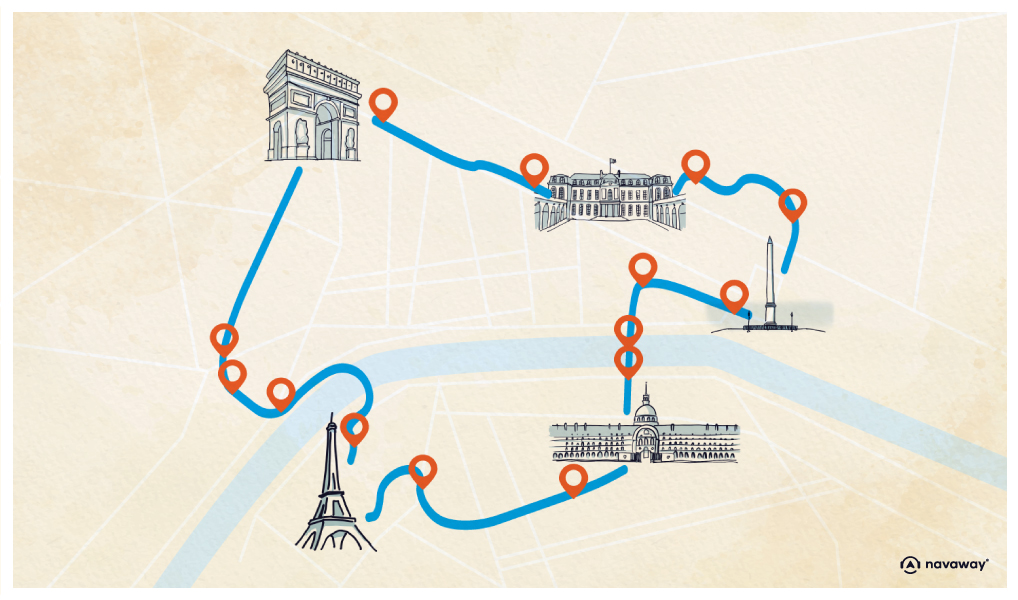
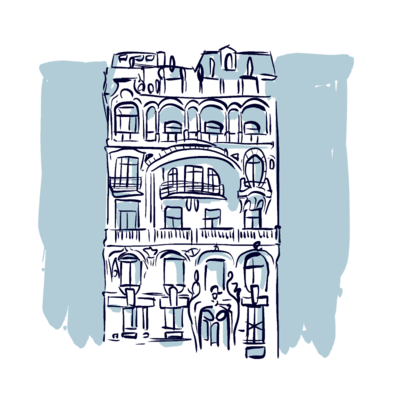
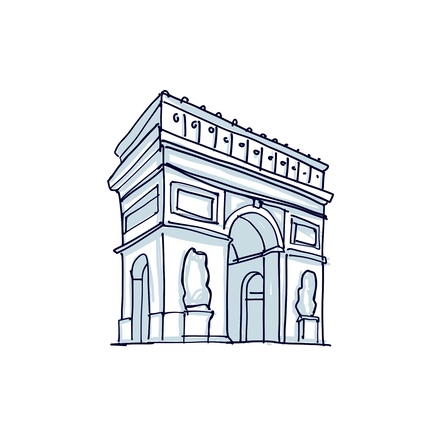
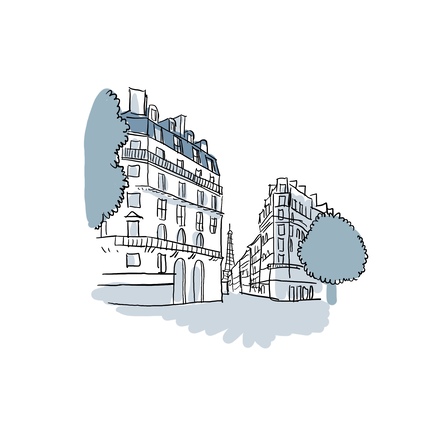
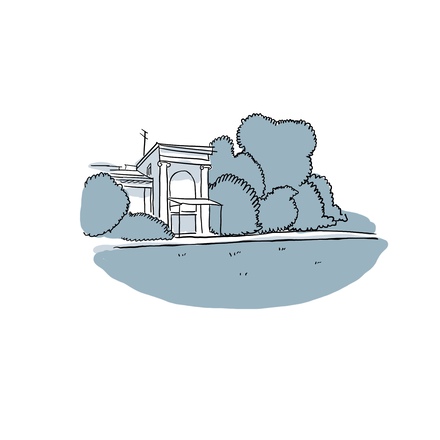
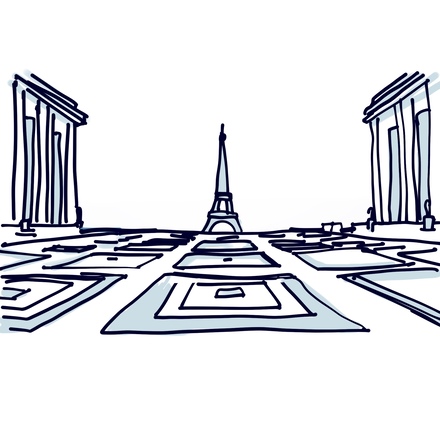

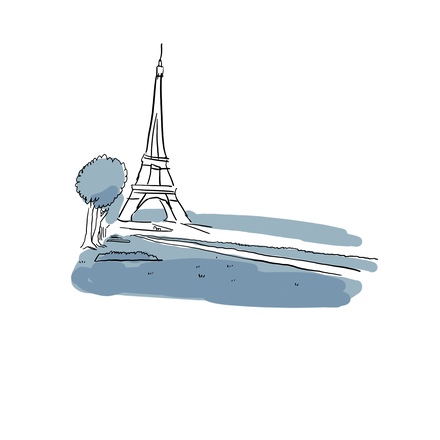

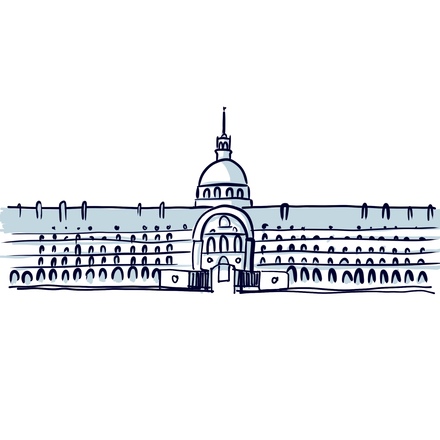

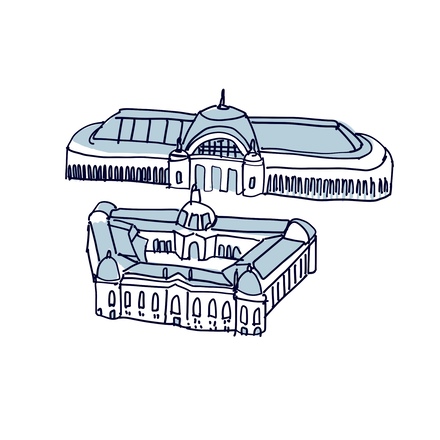
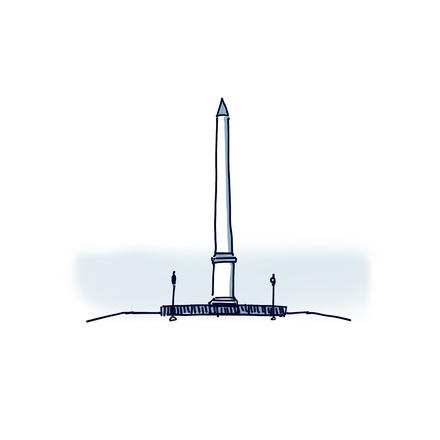
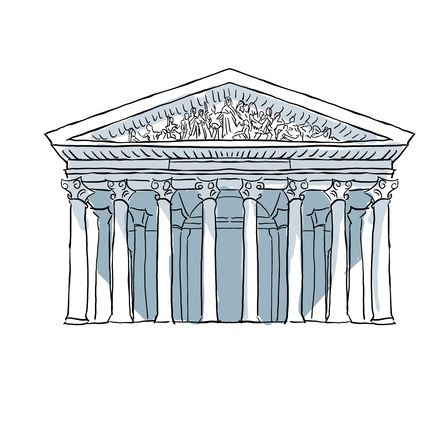
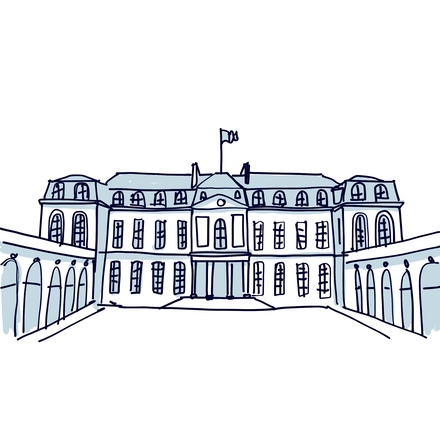
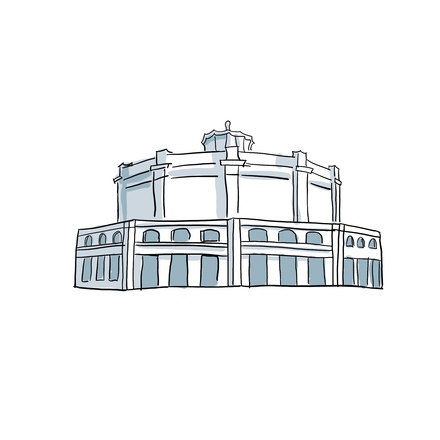
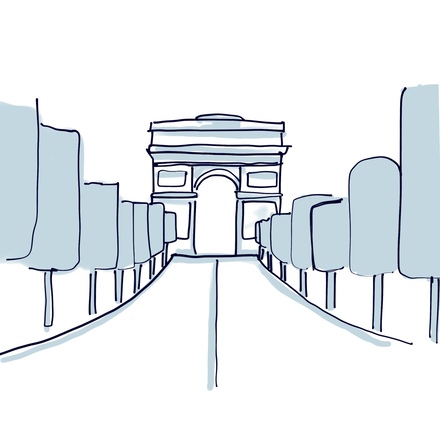



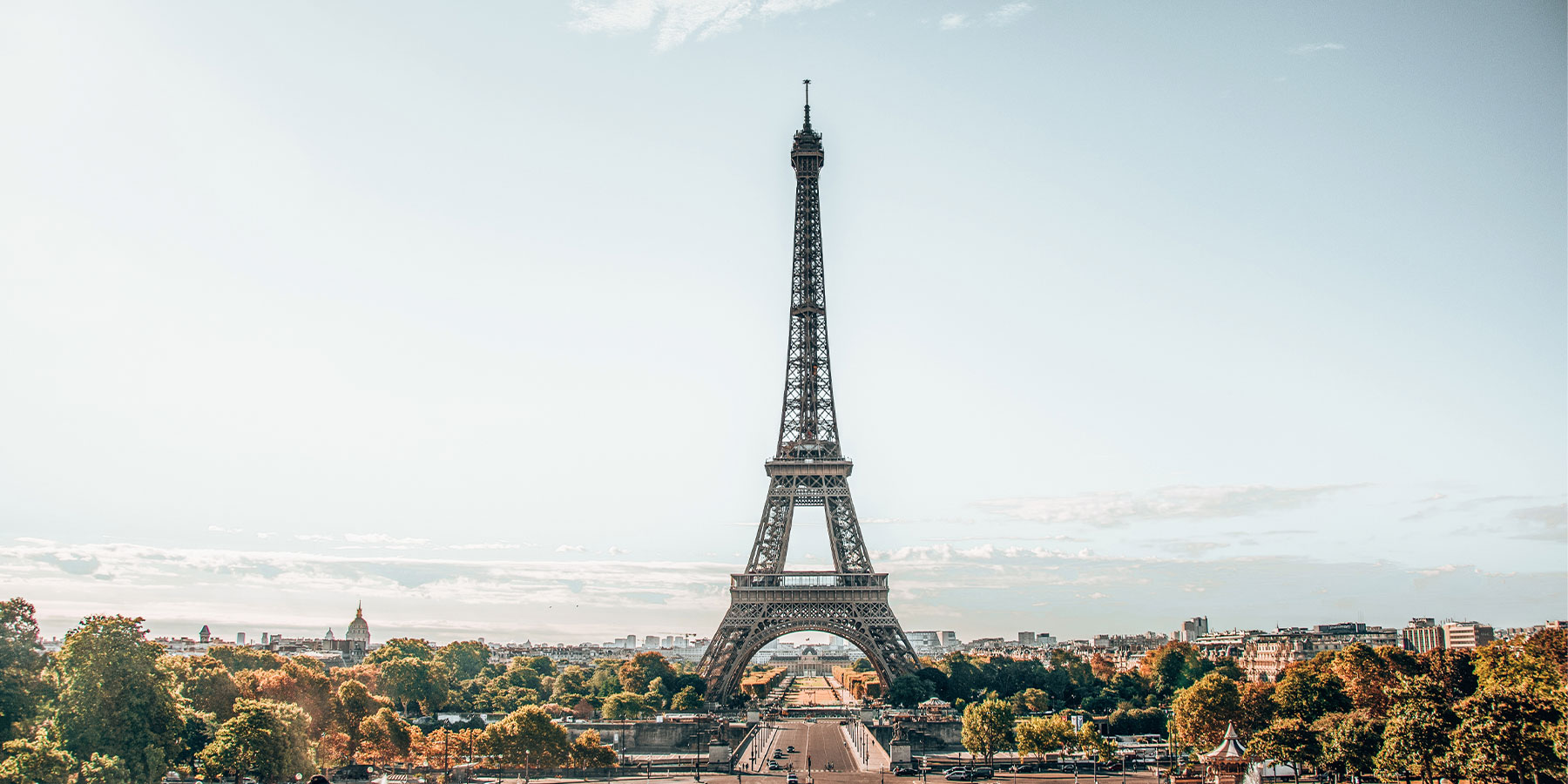

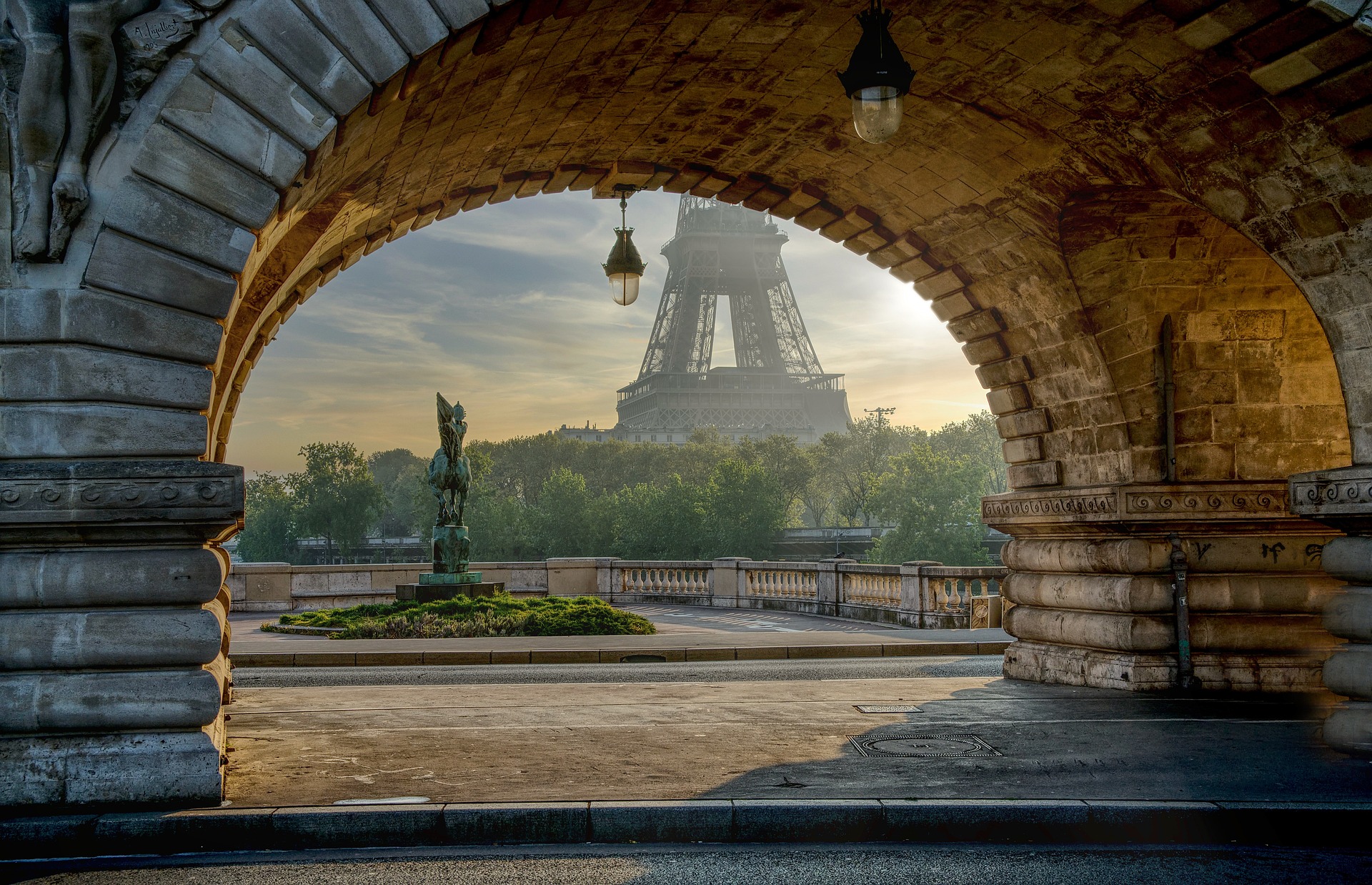
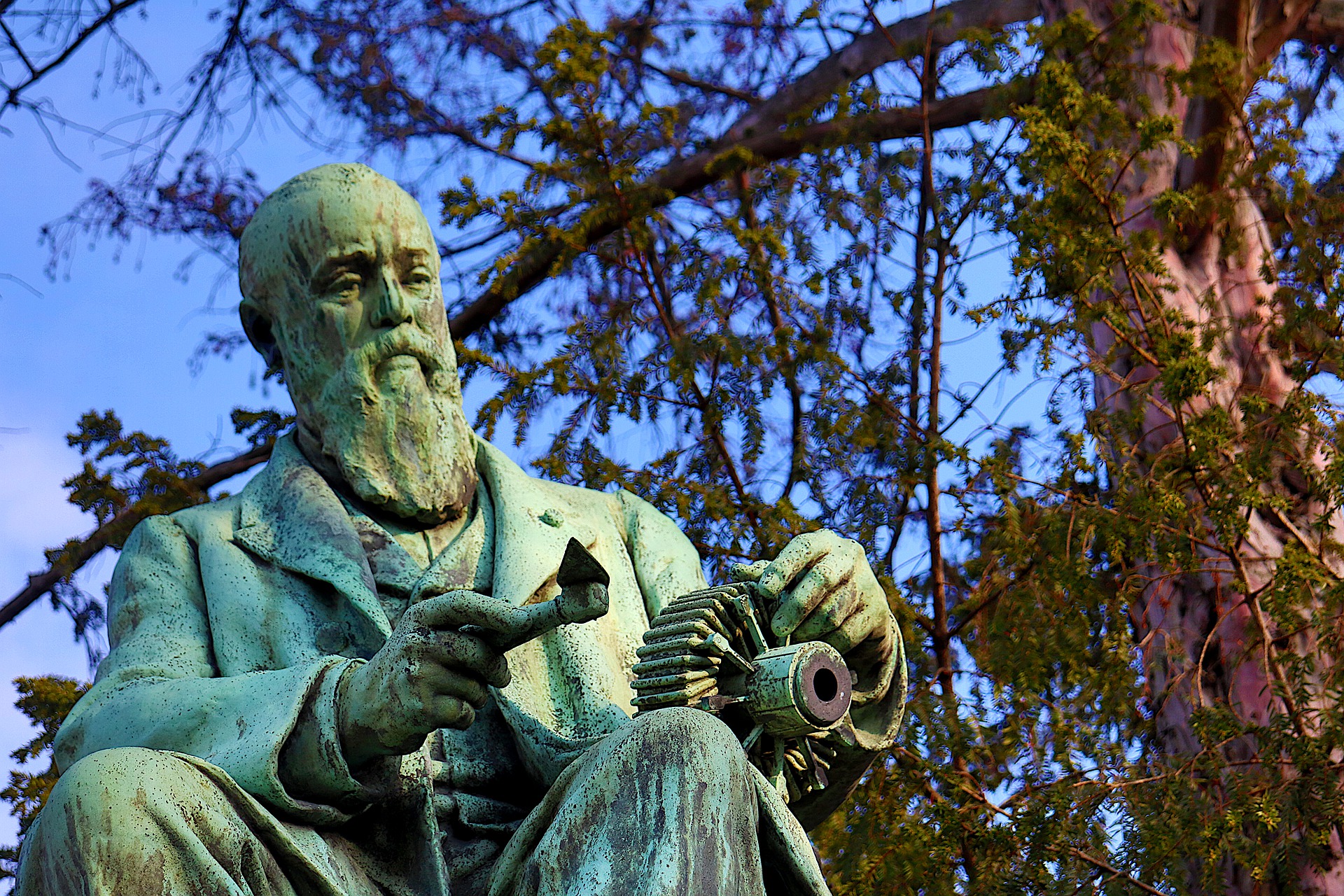
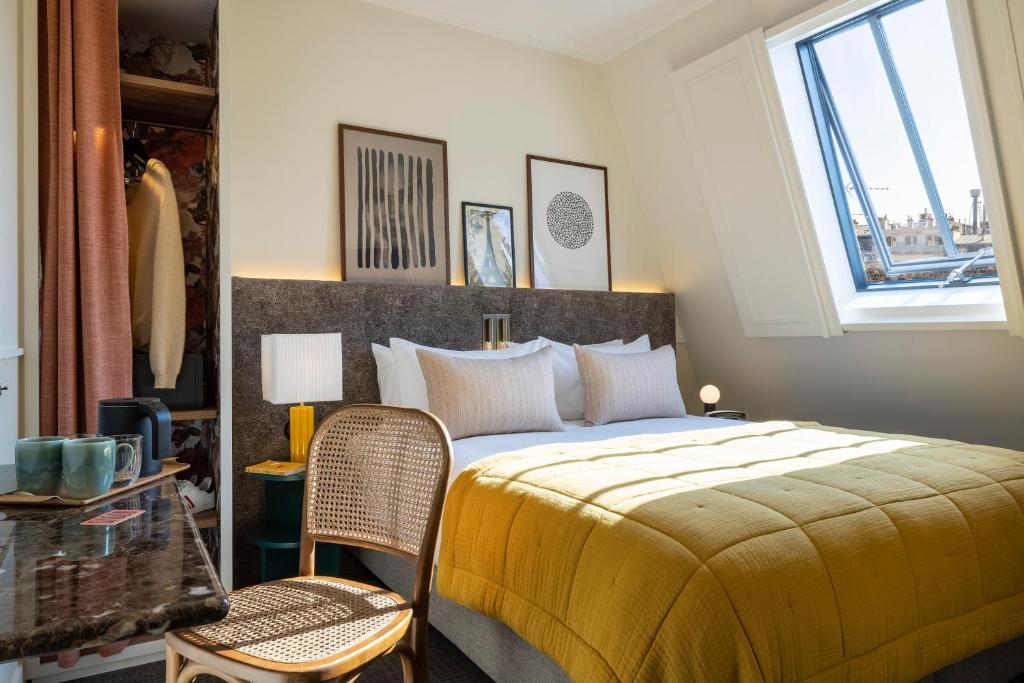
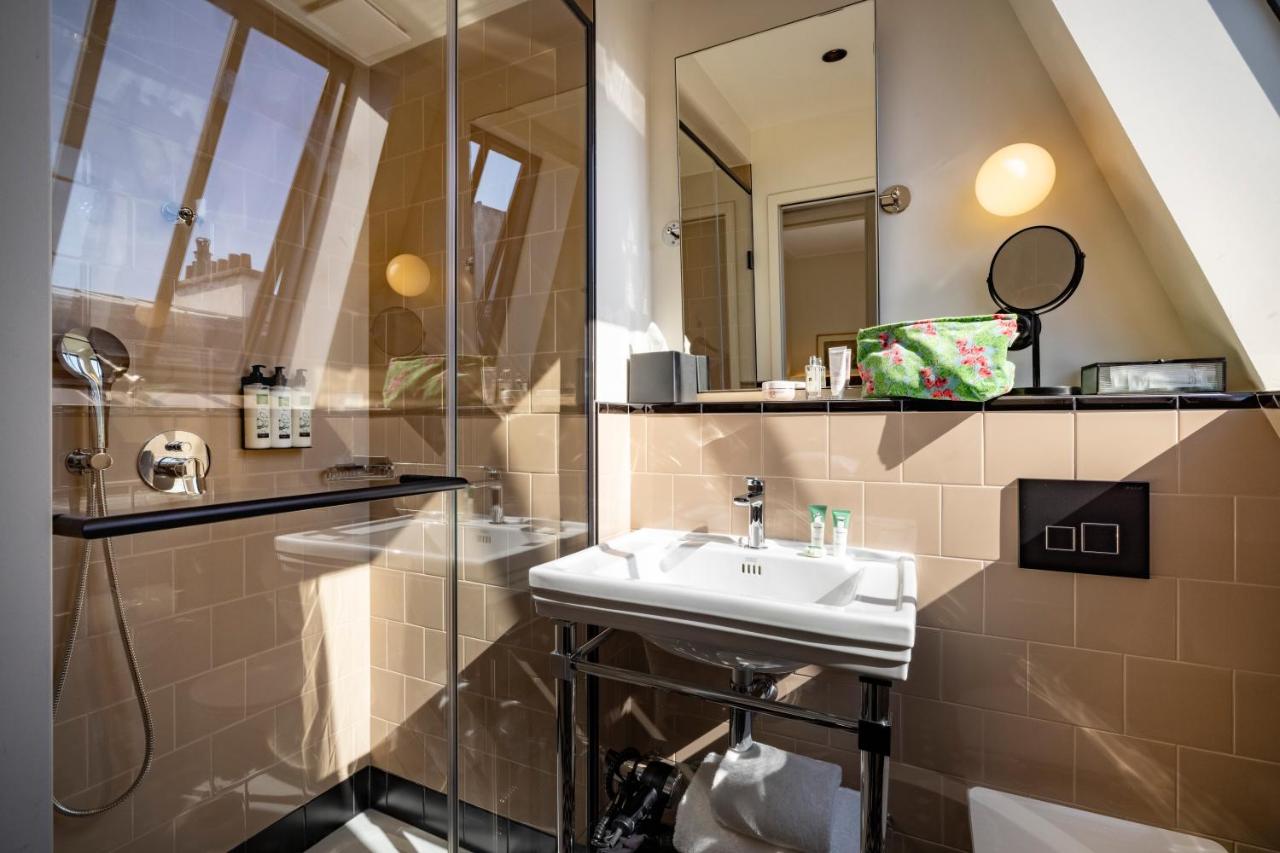
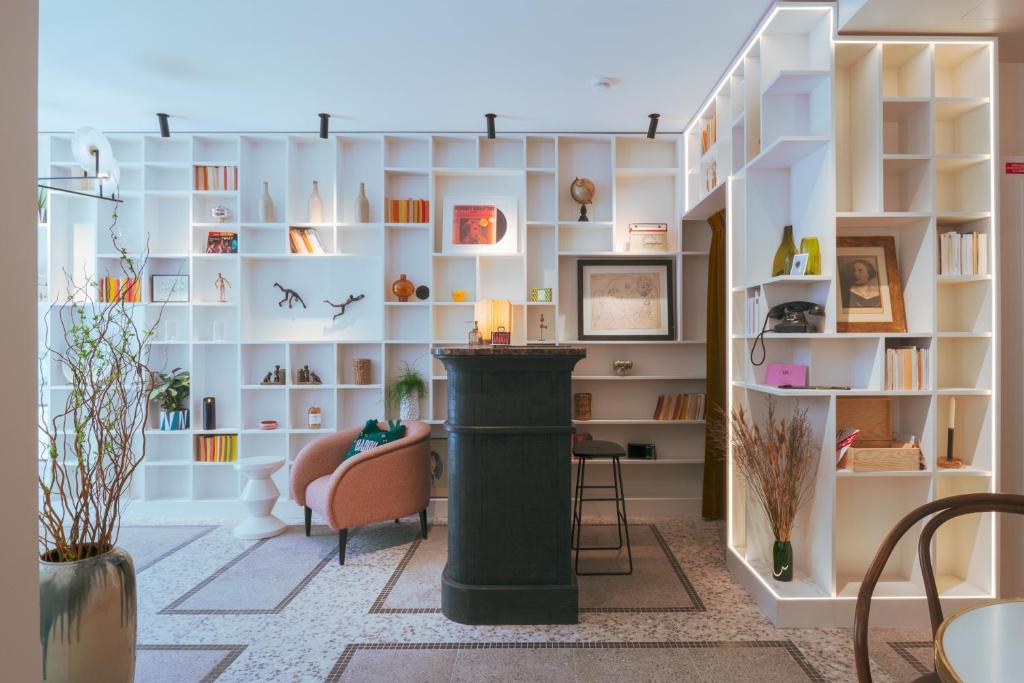
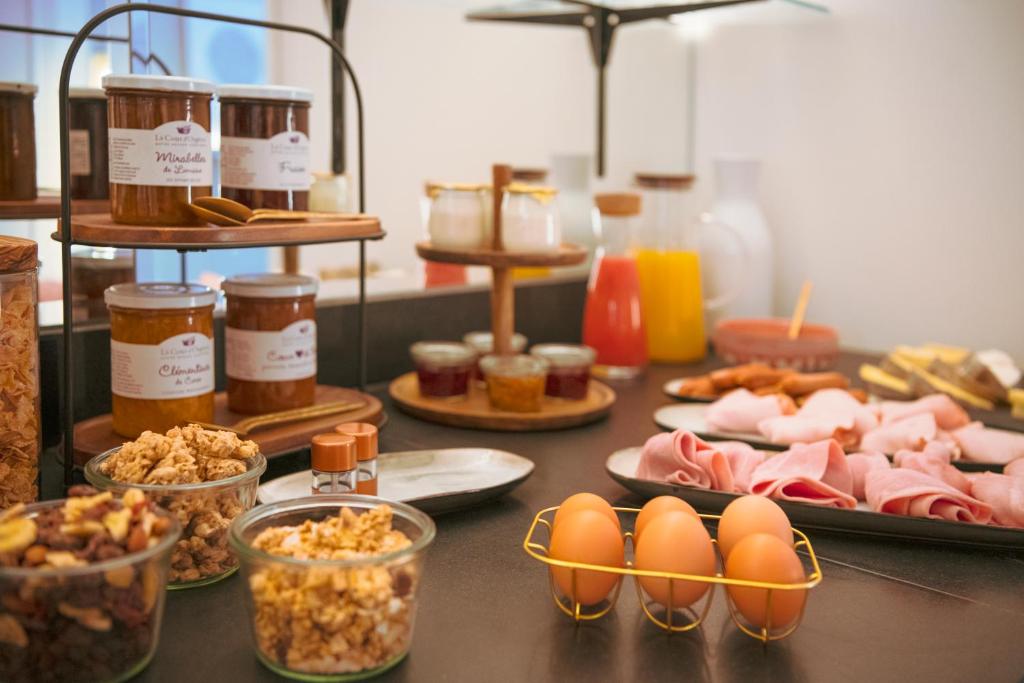
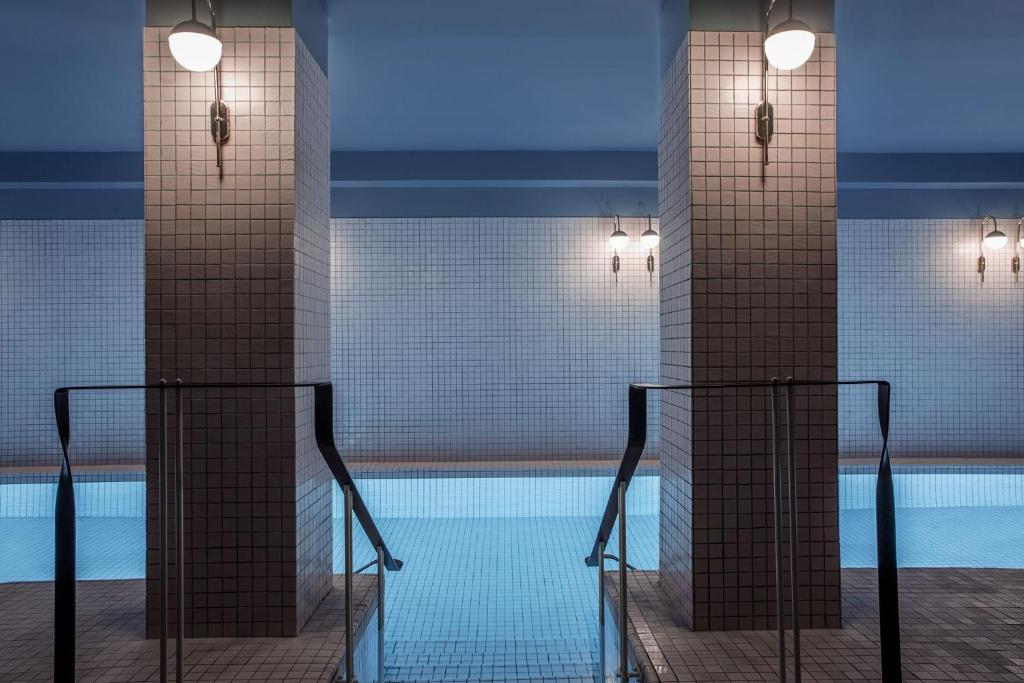
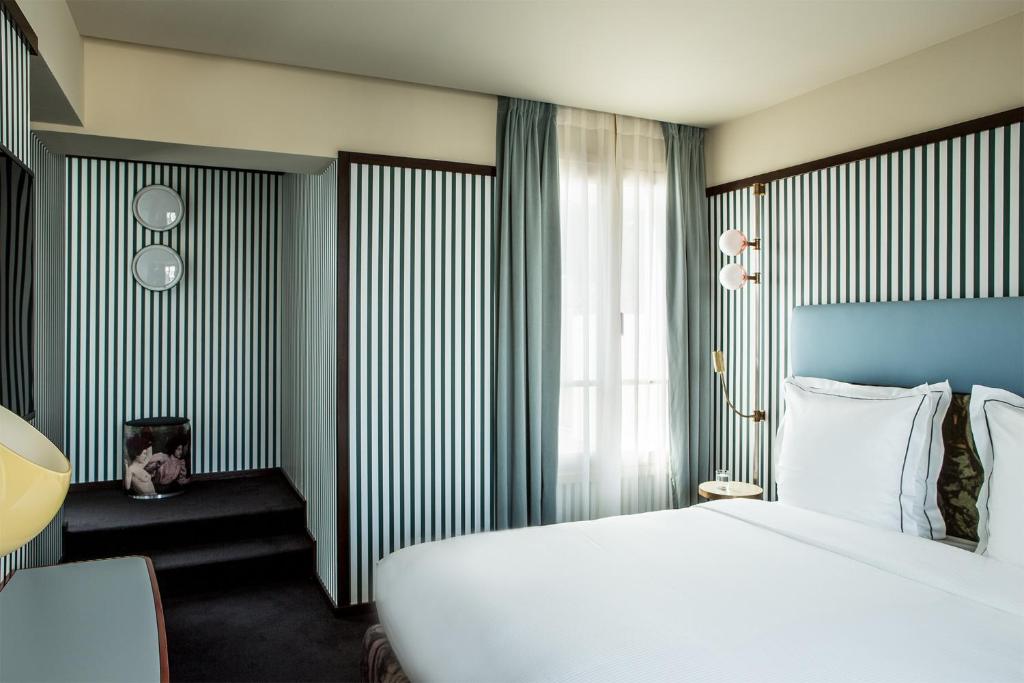

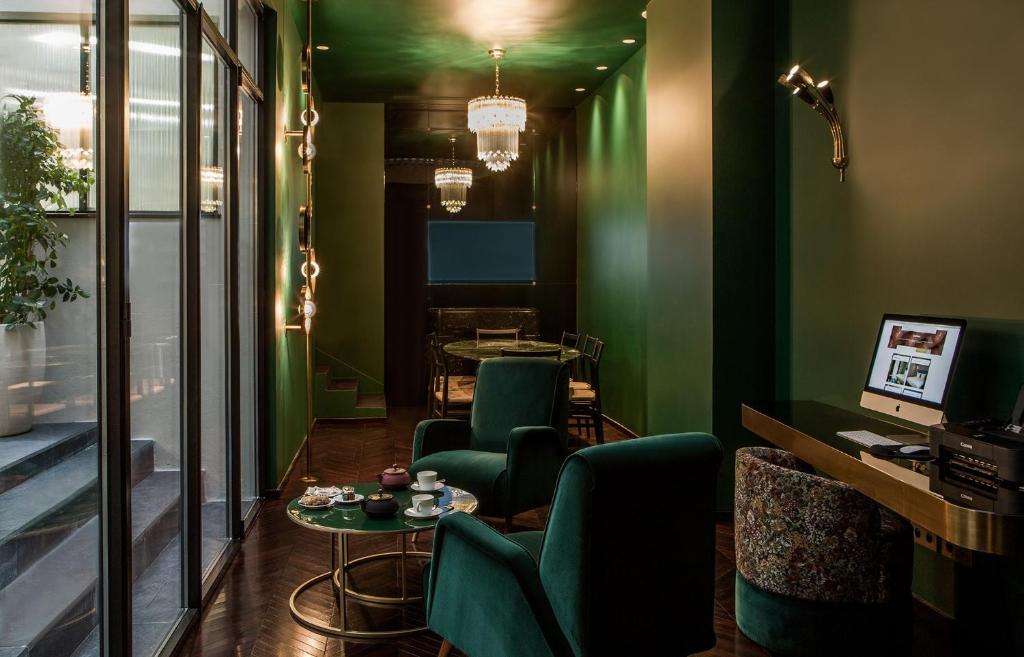
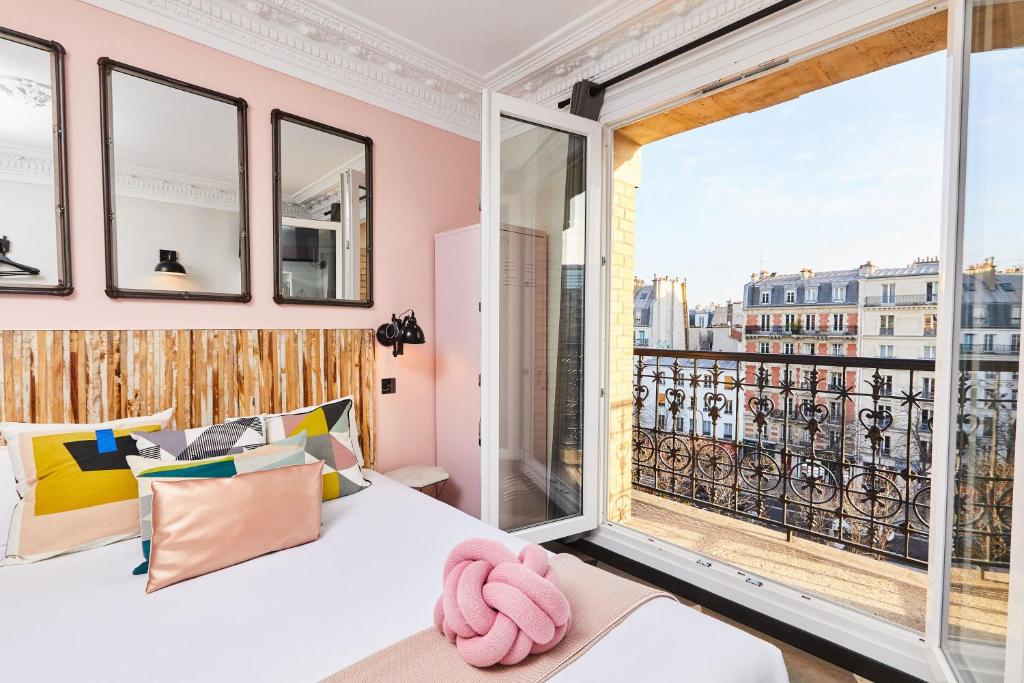
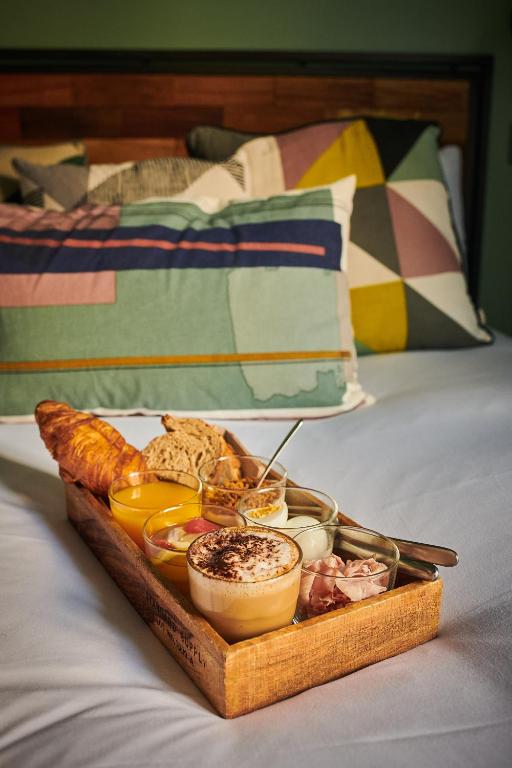
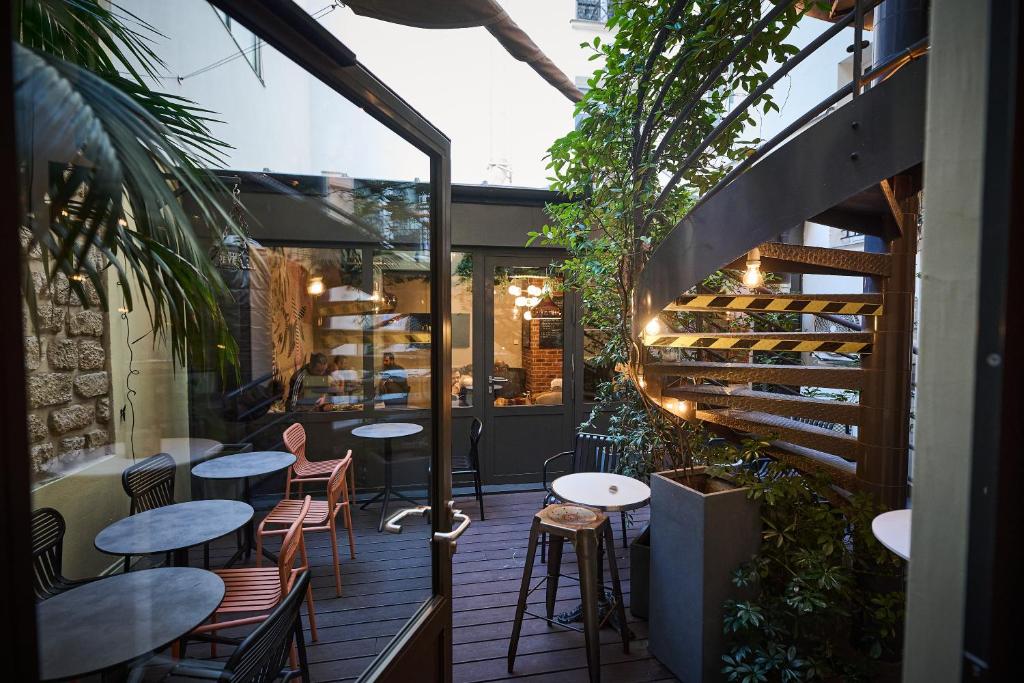
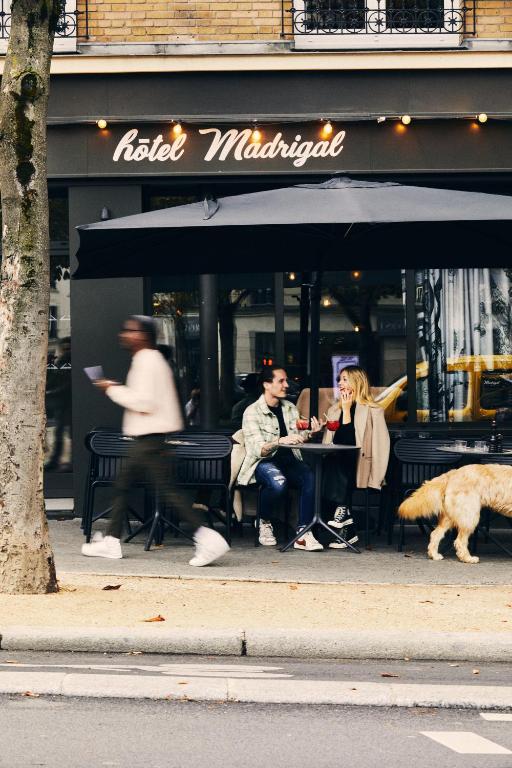
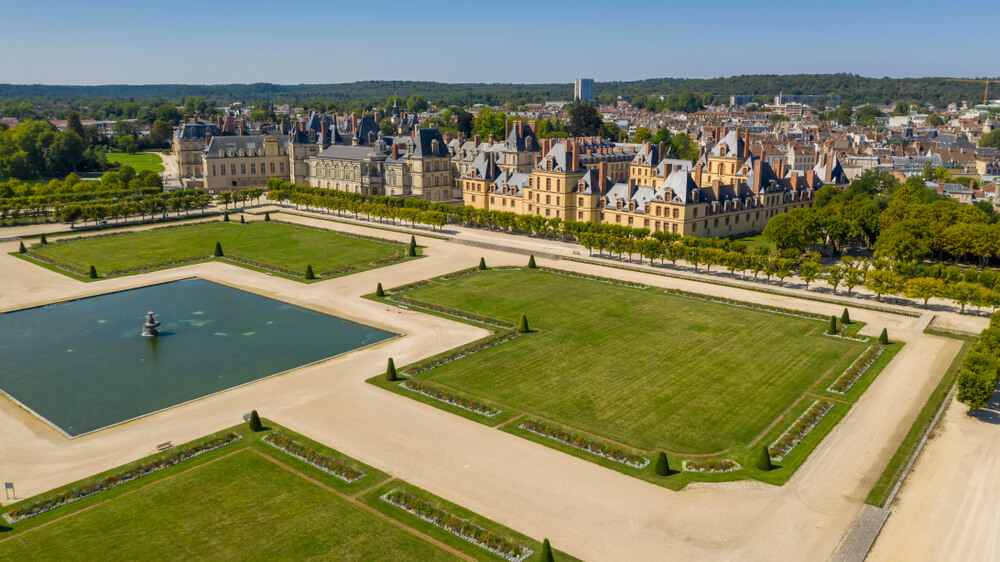
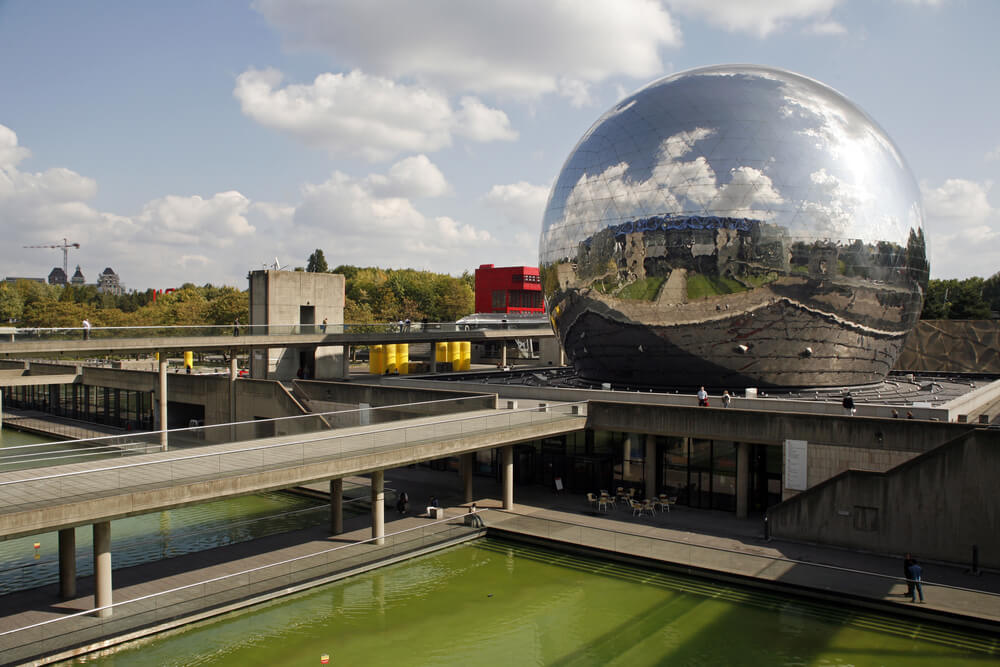


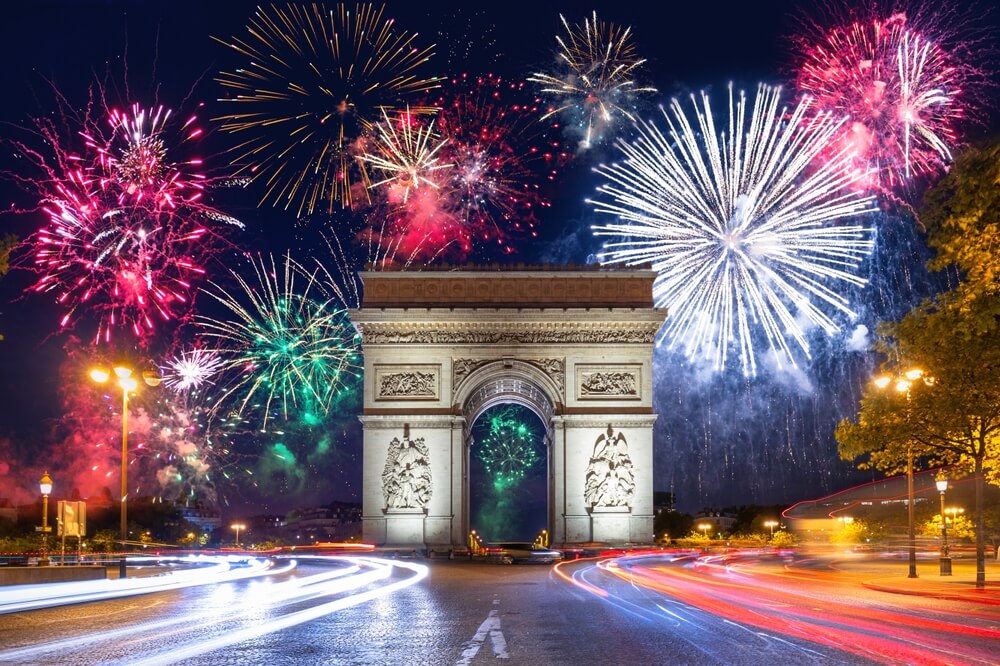
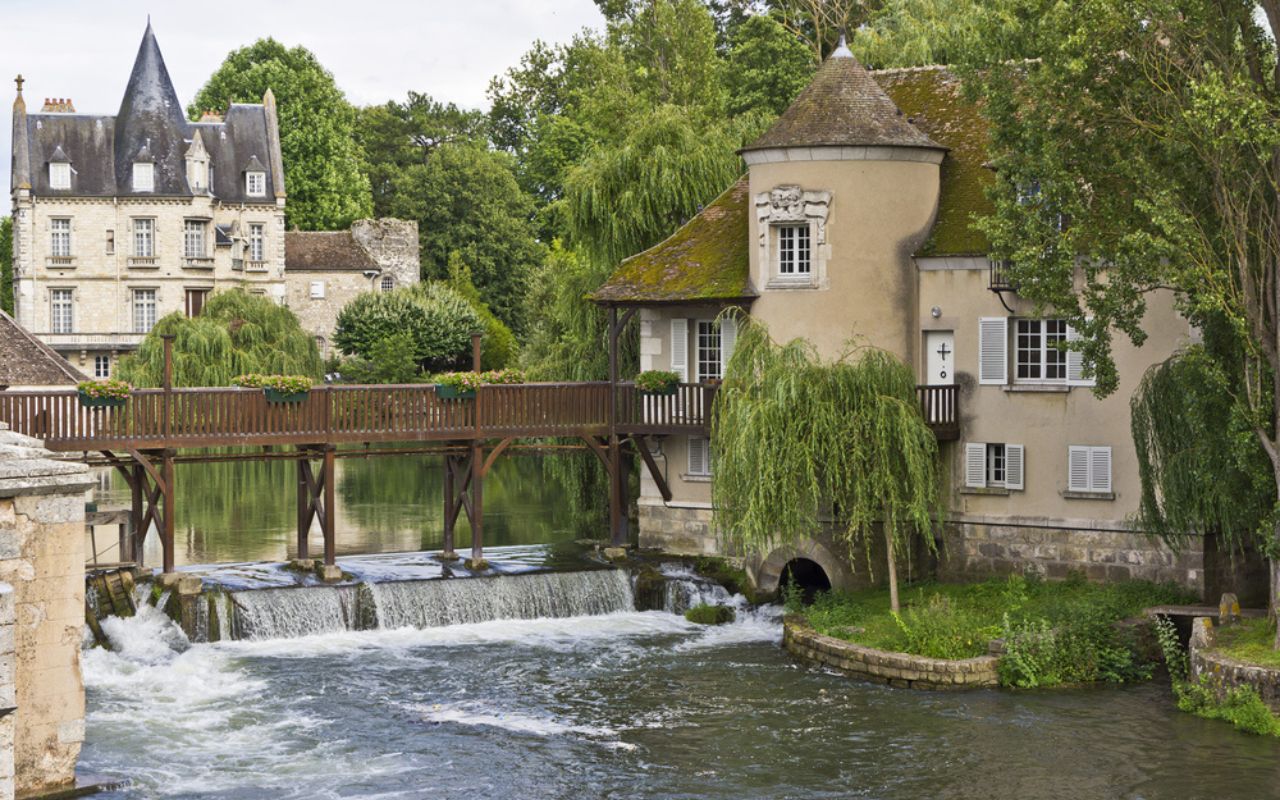


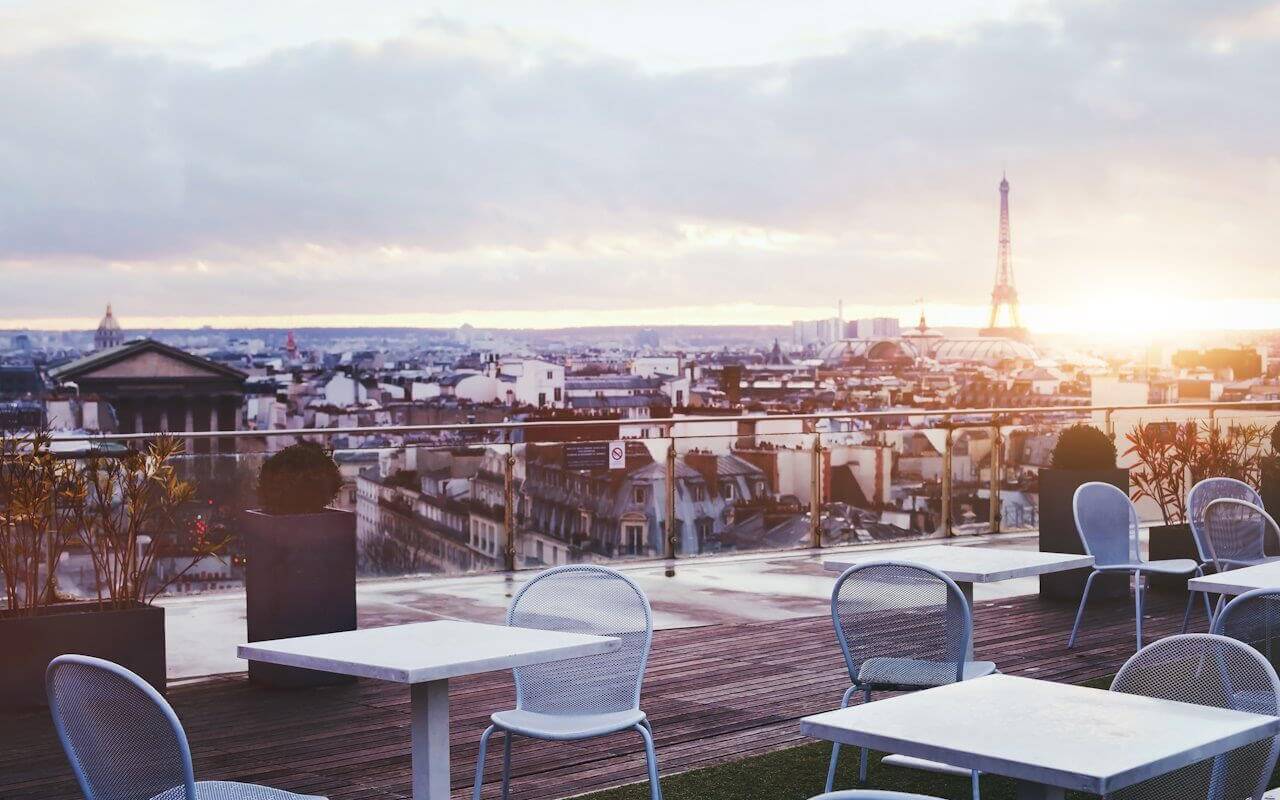

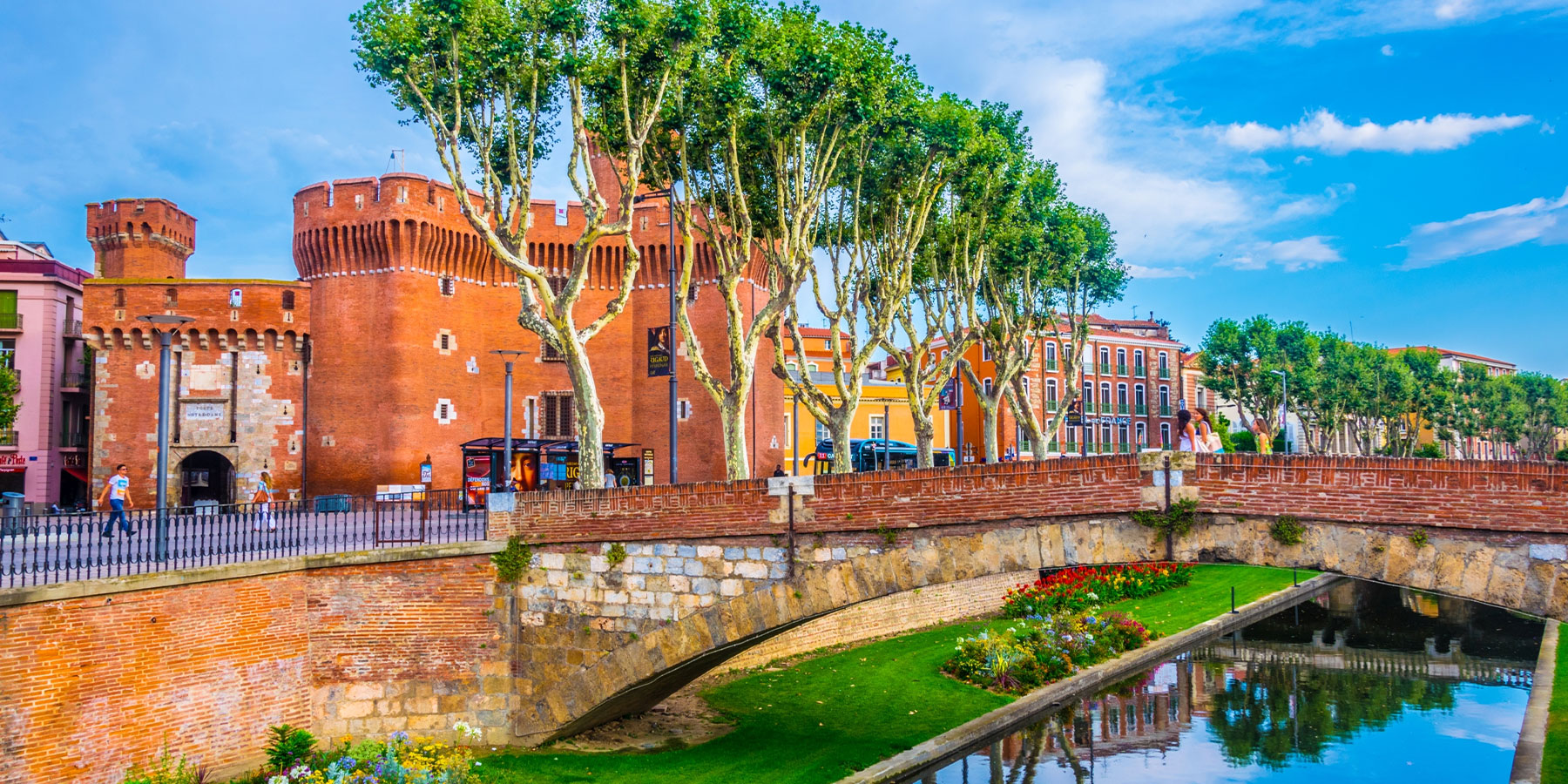
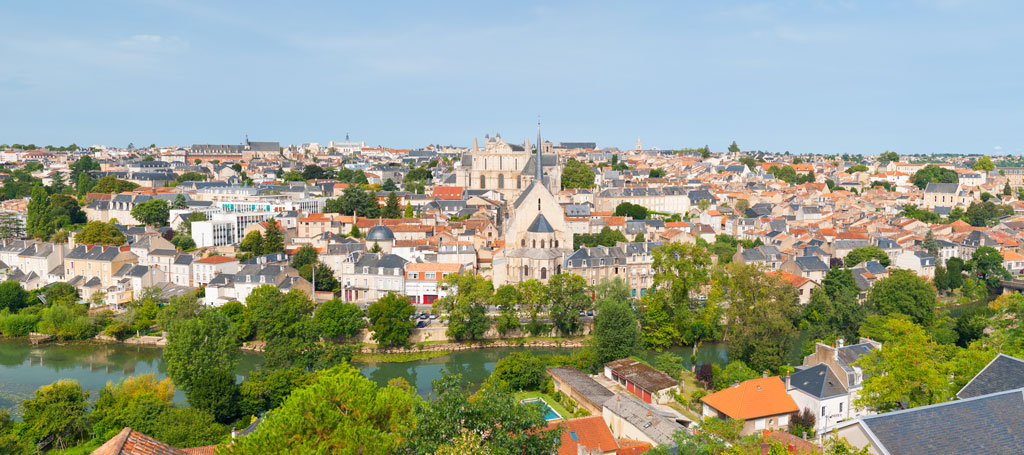


Comments